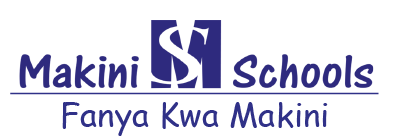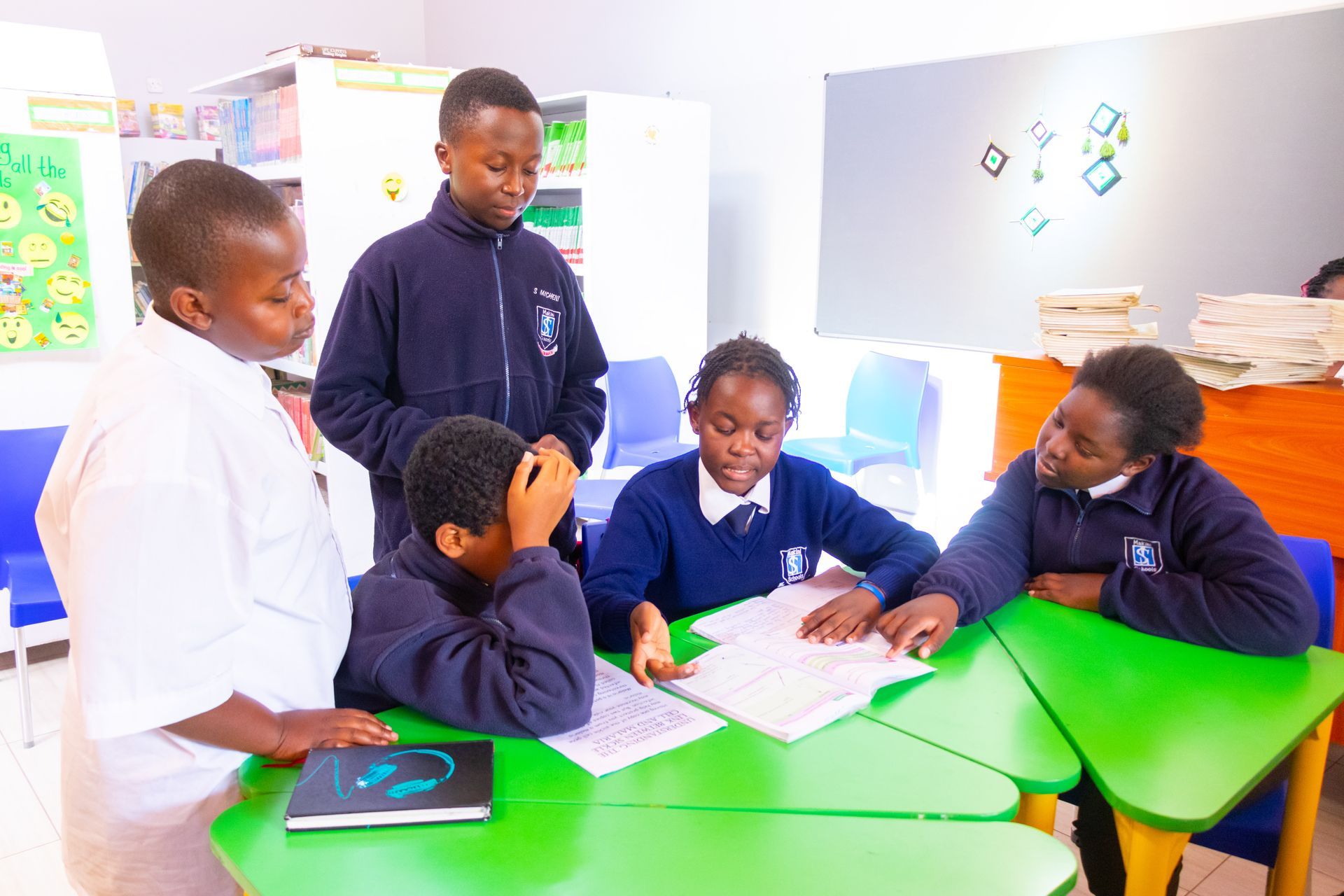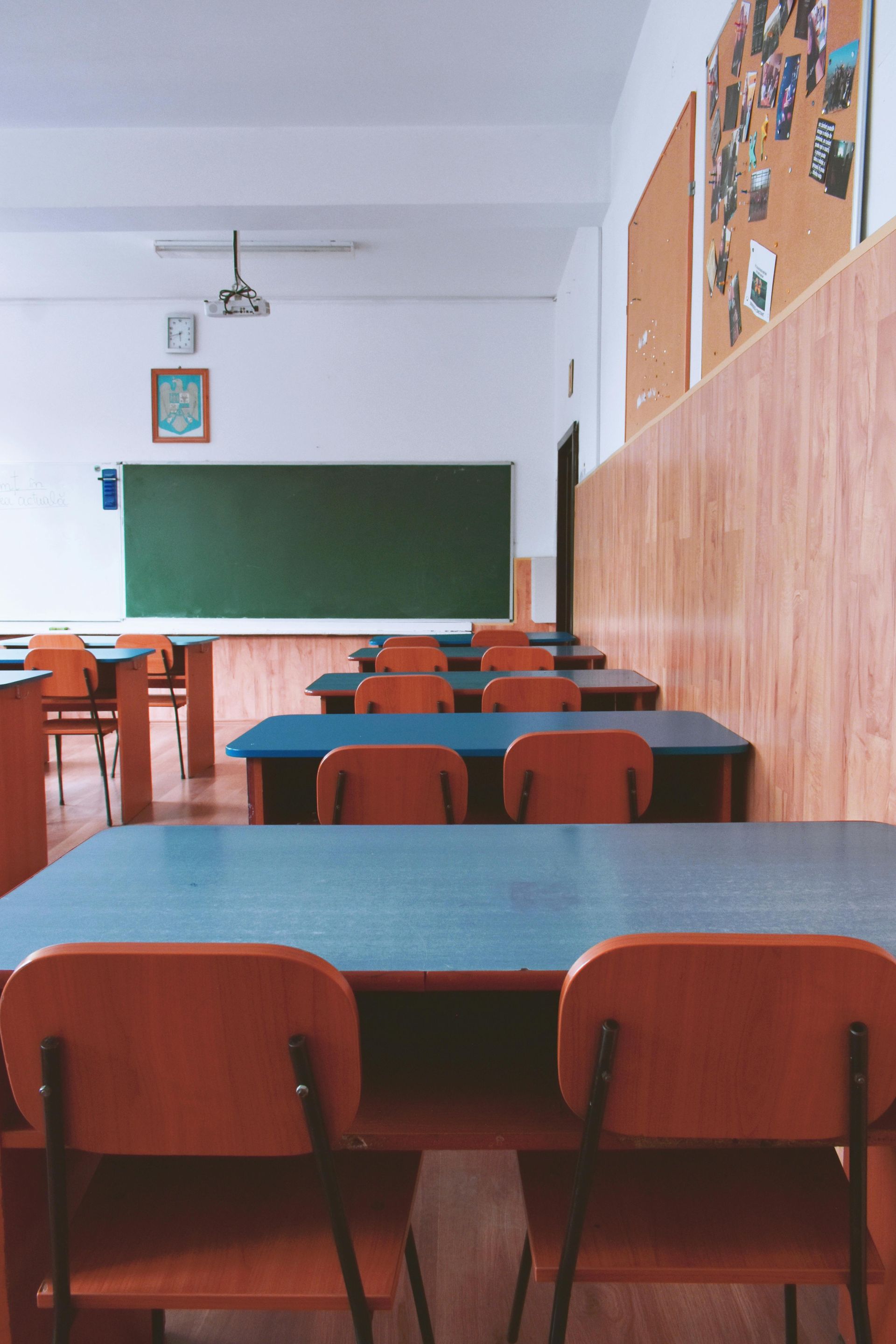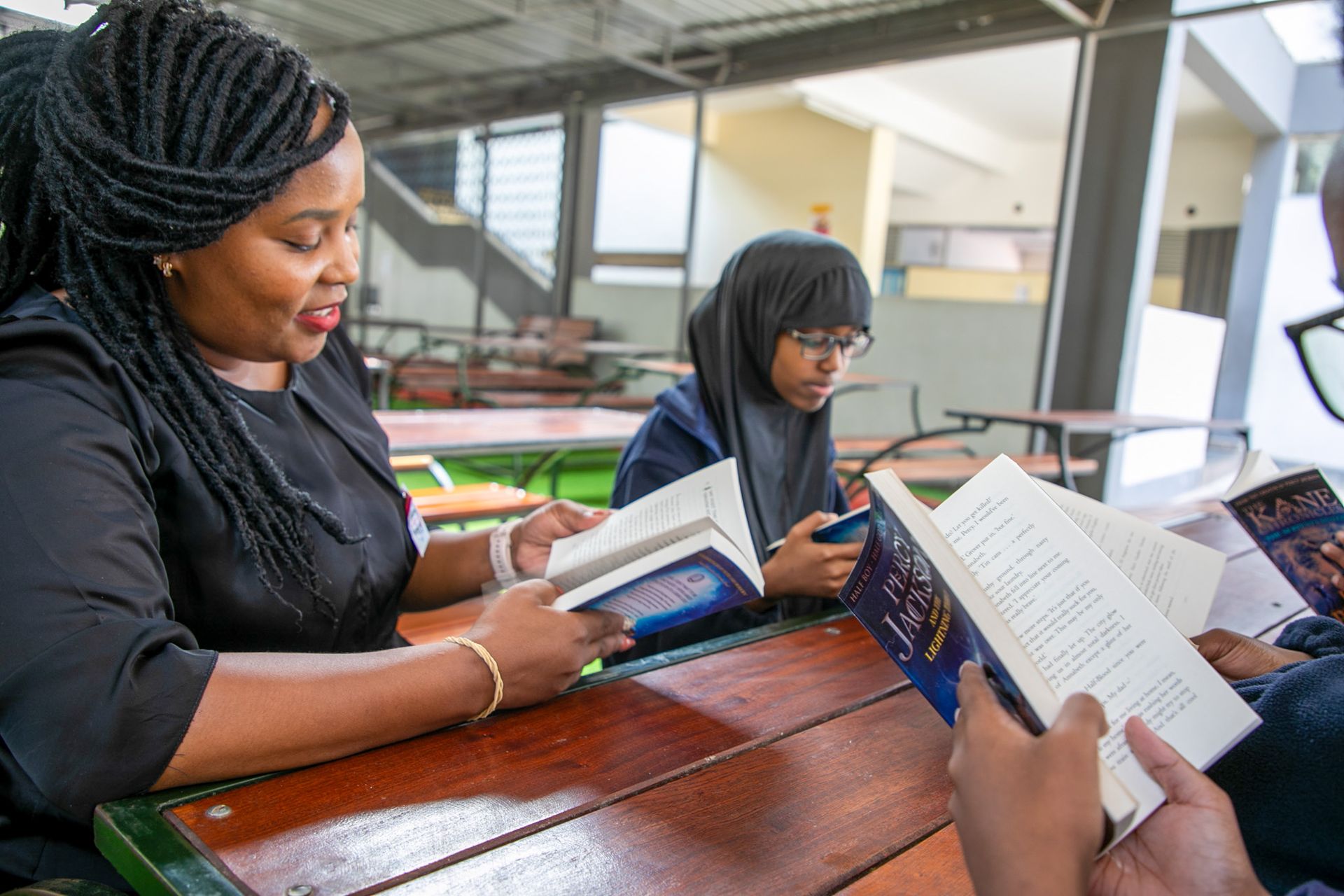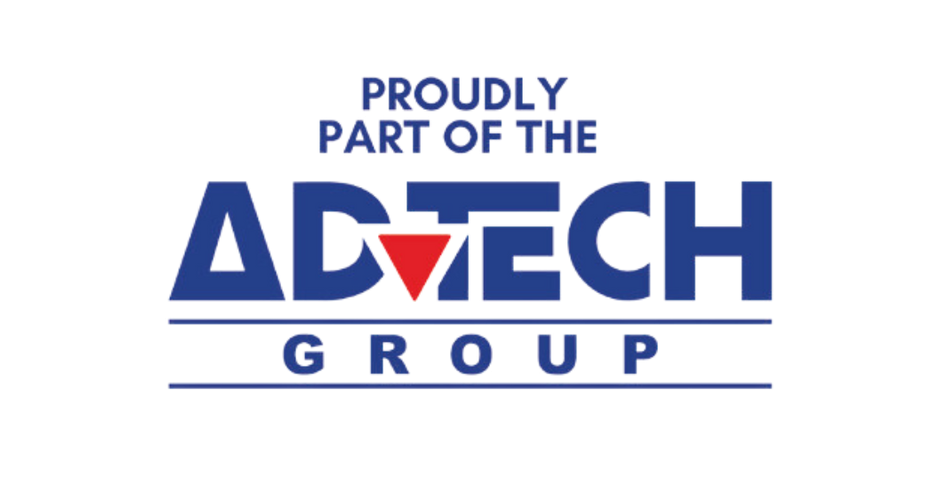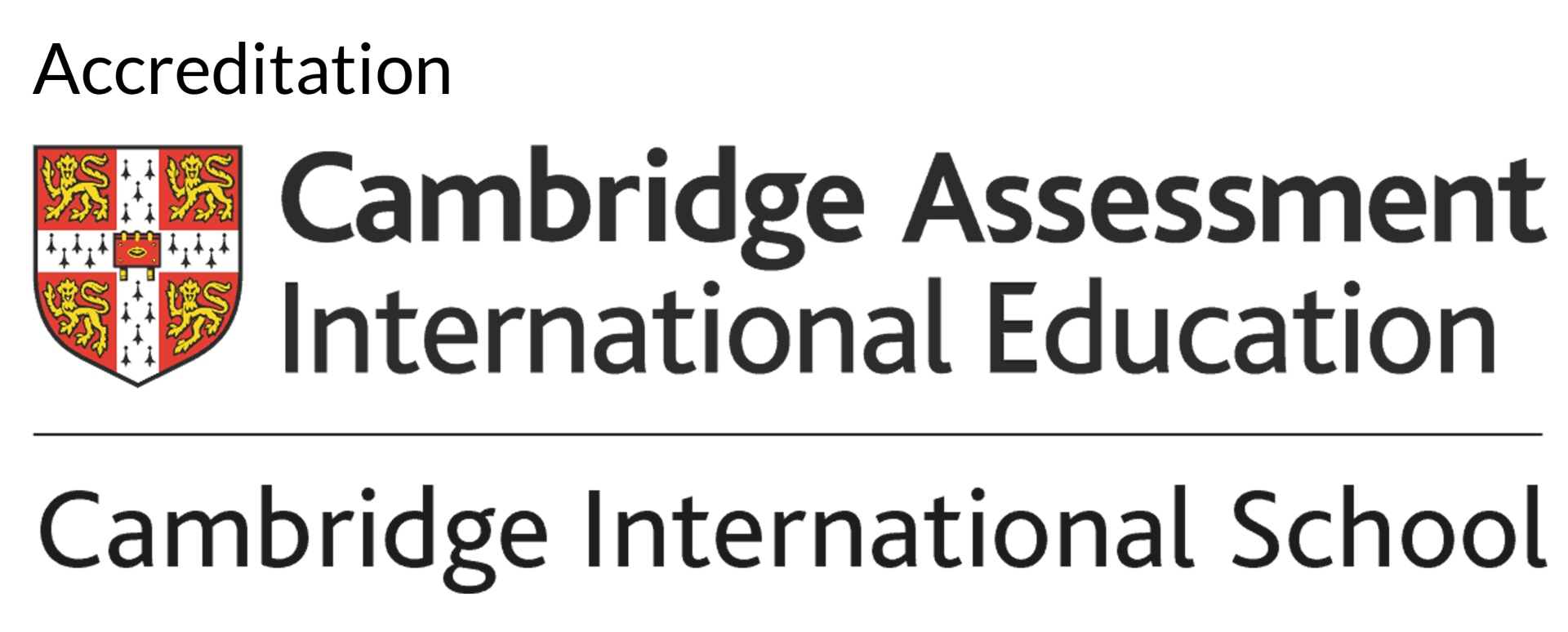Developing Critical Thinking Skills in School
The Role of Critical Thinking in Preparing Students for a Complex, Changing World
We live in an age where information is abundant. However, it’s not always accurate. For this reason, the ability to think critically has never been more essential. Developing critical thinking skills in school equips students with knowledge as well as the ability to evaluate, analyse and apply that knowledge effectively. Beyond simply studying and passing exams, critical thinking prepares students for the complex world we live in. A world where adaptability, problem-solving and sound judgment are crucial for personal and professional success.
What Is Critical Thinking in Education?
Critical thinking in education goes far beyond memorising facts or merely recalling information. It’s about empowering students to question assumptions, evaluate evidence, consider multiple perspectives and then form reasoned conclusions.
A student who is able to critically assess a news article, for example, is far better prepared for citizenship in a digital world than one who can simply repeat a textbook definition. This is the essence of higher-order thinking in education. Students progress from basic recall to analysis, evaluation and creativity.
Bloom’s Taxonomy provides a useful framework: moving students from remembering and understanding to applying, analysing, evaluating and ultimately creating. By focusing on educational thinking skills, schools can help students build deeper intellectual independence. This is invaluable in today’s world.
Why Is Critical Thinking Important for Students?
There are numerous benefits of nurturing critical thinking:
- Enhanced problem-solving abilities: Students who practise problem-solving learn to apply knowledge in flexible, real-world contexts. For example, they may learn how to analyse the credibility of online information. This is a vital skill in combating misinformation.
- Stronger decision-making: Whether choosing a project direction or managing peer relationships, critical thinking supports sound judgment.
- Improved creativity: By examining ideas from different perspectives, students can innovate and propose unique solutions.
- Academic independence: Learners who engage in student cognitive development are more confident in managing their studies and less reliant on rote learning.
In group projects, debates or community problem-solving initiatives, these skills empower students to become thoughtful, adaptable leaders in the classroom and into life beyond it.
Key Barriers to Developing Critical Thinking in Schools
While the benefits are many and clear, there are several challenges that hinder the implementation of critical thinking in schools:
- Rigid curriculum structures: A heavy emphasis on content coverage leaves little room for classroom critical thinking strategies.
- Over-focus on examinations: Standardised testing often prioritises memorisation over critical analysis.
- Insufficient teacher training: Many educators receive limited professional development on integrating educational thinking skills into daily lessons.
- Systemic pressures: Schools often juggle competing priorities of accountability, league tables and curriculum coverage. This limits creativity.
Acknowledging these barriers is the first step toward creating a culture that values inquiry as much as much as it values achievement.
Classroom Strategies to Foster Critical Thinking
With deliberate approaches, teachers can embed critical thinking across subjects:
Socratic questioning
By modelling deep questioning, teachers can help students probe assumptions, uncover logic and recognise the flaws in reasoning. Bya asking questions such as “What evidence supports your claim?” or “What might be an alternative perspective?” can cultivate intellectual curiosity and encourage students to constantly think beyond.
Open-ended tasks and project-based learning
Real-life challenges are a great way to encourage teaching problem-solving and creativity. For example, a science project that explores renewable energy solutions requires students to research, evaluate and synthesise diverse sources of information. This hands-on approach is crucial when building critical thinking skills.
Collaborative learning and peer discussions
Group debates, think-pair-share activities and structured discussions expose students to differing opinions. This builds empathy and enhances higher-order thinking in education.
Reflective journaling and metacognition
When students are encouraged to write about their thought processes, educators and parents can help them engage in metacognition, thinking about how they think. When done over time, journaling strengthens student cognitive development by highlighting strategies that work and areas that may require growth.
Role of teachers and school leadership
Teachers play the most direct role in promoting critical thinking. However, strong leadership is also essential. School administrators must:
- Invest in CPD (Continuing Professional Development) that equips staff with classroom critical thinking strategies.
- Embed critical thinking into curriculum design and not treat it as an “extra.”
- Foster a school ethos that values inquiry, discussion, exploration and creativity.
When those in leadership positions are able to prioritise these practices, a ripple effect ensures consistency across subjects and year groups.
Tools and resources to support critical thinking
Practical resources such as these listed below can make it easier for schools to integrate educational thinking skills:
- Edward de Bono’s Six Thinking Hats: This encourages different modes of thinking such as logical, emotional and creative.
- Debate formats: Structured debates are very effective in helping sharpen argumentation and reasoning.
- Critical reading checklists: Guides that help students assess the reliability and bias of texts.
- Digital tools: Apps such as Padlet, Mentimeter and online simulations are available and encourage interactive analysis and collaboration.
Measuring and assessing critical thinking in students
Unlike multiple-choice tests, critical thinking is best assessed through the following tasks:
- Performance-based tasks such as presentations, essays or real-world problem solutions.
- Rubrics outline specific criteria for analysis, reasoning and evidence.
- Formative feedback is a good way of encouraging reflective growth rather than just grades.
- Portfolios that document progress in educational thinking skills across the year.
These approaches emphasise genuine understanding and analytical depth rather than rote memorisation. They offer a more accurate reflection of meaningful learning.
How parents can support critical thinking at home
Parents play a pivotal role in nurturing learning and developing critical thinking skills in school. When these habits are reinforced at home, the impact becomes even more powerful.
- Encourage questions: Create an environment where curiosity is encouraged and celebrated.
- Play strategy games: Chess, puzzles and logic-based games enhance student cognitive development.
- Discuss books and news together. Ask your children to evaluate sources, compare perspectives or even predict the outcomes.
- Promote problem-solving in daily life: Whether budgeting pocket money or planning a family trip, involve your children in the decision-making process. This is bot empowering and educational.
Developing critical thinking skills in school is no longer optional. It is essential for preparing students to thrive in the uncertain and rapidly evolving world we live in. From classroom critical thinking strategies to home-based support, building these skills requires a holistic approach and strong partnerships between teachers, administrators and parents.
When schools embrace critical thinking as a cultural priority, they empower students to succeed academically and become thoughtful, innovative and resilient citizens who are prepared for the future.
FAQs
1. What are some effective classroom activities to develop critical thinking in students?
Activities such as debates, Socratic questioning, project-based learning and reflective journaling are excellent for encouraging
higher-order thinking in education.
2. How can teachers assess critical thinking in school settings?
Assessment can include rubrics, performance tasks, portfolios and formative feedback rather than relying solely on exams.
3. Why is critical thinking important in today’s education system?
It prepares students for real-world challenges, enhances problem-solving, supports independence and fosters creativity.
4. What role do parents play in developing a child’s critical thinking skills?
Parents can support
student cognitive development by encouraging inquiry, playing strategy games and openly discussing current events and books at home.
5. How can schools overcome challenges to teaching critical thinking?
By prioritising CPD, integrating
educational thinking skills into curricula and fostering leadership support, schools can create an environment where critical thinking thrives.

